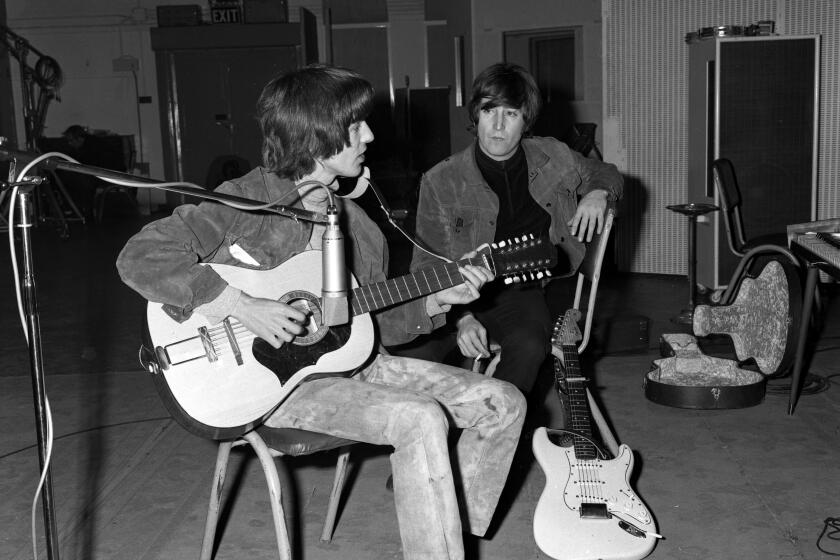Ports Won’t Support Corps of Engineers’ Harbor Dredging Plan
The ports of Long Beach and Los Angeles have withdrawn their support for an Army Corps of Engineers’ plan to dredge entry channels into the harbors, setting back planning for a massive expansion of the ports and raising doubts about the corps’ future participation in the overall 35-year project.
The corps’ dredging plan was designed as the first part of a $4-billion, three-phase building effort at the two San Pedro Bay harbors, but the ports told the corps by letter in June that they had withdrawn their sponsorship, said Larry Hawthorne, a corps spokesman in Los Angeles.
The ports withdrew their support because the corps’ specific plans did not jibe with their own and because such detailed planning is premature until a master plan for expansion is adopted by the two port commissions later this year, said James McJunkin, executive director of the Port of Long Beach.
“Somehow the corps decided to go ahead with phase one, in our opinion prematurely, so basically what we said is, ‘Whoa.’ If you’re going with a specific plan first, we’re not going to be a sponsor. But I think we’re back on track now.”
Funding Uncertain
McJunkin said the corps plan called for dredging to specific depths that cannot yet be supported because studies of the channels have not been completed.
Geraldine Knatz, coordinator of the so-called 2020 expansion plan for the Port of Long Beach, said the uncertainty about the amount of federal funding available for the dredging program was also a reason to halt specific planning for now.
A bill authorizing $230 million for the first phase was approved by a committee of the House of Representatives last week, but the full Congress may not appropriate the funds for many months or years, said Lee Freeland, an aide to Rep. Glenn Anderson (D-Long Beach).
Hawthorne said the ports’ action not only halted the corps’ work on phase-one design but also effectively removed it as a key architect of the master plan.
“The ports are picking up the action on the master plan,” said Hawthorne. “When the ports complete their plan and get approval from the Coastal Commission, then they will submit it to us as information.”
Corps’ Role Unclear
McJunkin said it is not clear whether the corps will be a co-sponsor of the master plan. “We’re still jawboning that,” he said. But recent discussions with corps officers have indicated that the corps will become strongly involved again, he said.
It is not clear what effect reduced corps participation might have on the project, which is largely dependent on federal funding, said port and corps officials.
The master plan, as originally drafted by the corps, was submitted to the Coastal Commission for approval last fall but was withdrawn in November after sharp criticism from that commission’s staff.
Plan Called Incomplete
The corps had not proved its plan was consistent with state coastal development policy, said the commission staff. It said the corps’ plan was incomplete because it dealt only with dredging millions of cubic yards of earth from the bottoms of the two harbors to create 2,600 acres of landfill and not with how development atop the landfill would affect the environment.
The corps plan also had drawn fire from the City of Long Beach, where planners said the project might snarl traffic, foul air and muddy the waters along city beaches and that corps planners had hardly considered those problems.
Those environmental questions were expected to be answered by April, but a number of factors, including the ports’ differences with the corps, have pushed the date for resubmission to the Coastal Commission to this fall, said Knatz.
Two-thirds of the new land would be used for new shipping terminals and one third for utilities, roads and recreation.
Cargo tonnage at the ports is expected to triple by the year 2020, port planners have said.
More to Read
Start your day right
Sign up for Essential California for news, features and recommendations from the L.A. Times and beyond in your inbox six days a week.
You may occasionally receive promotional content from the Los Angeles Times.






